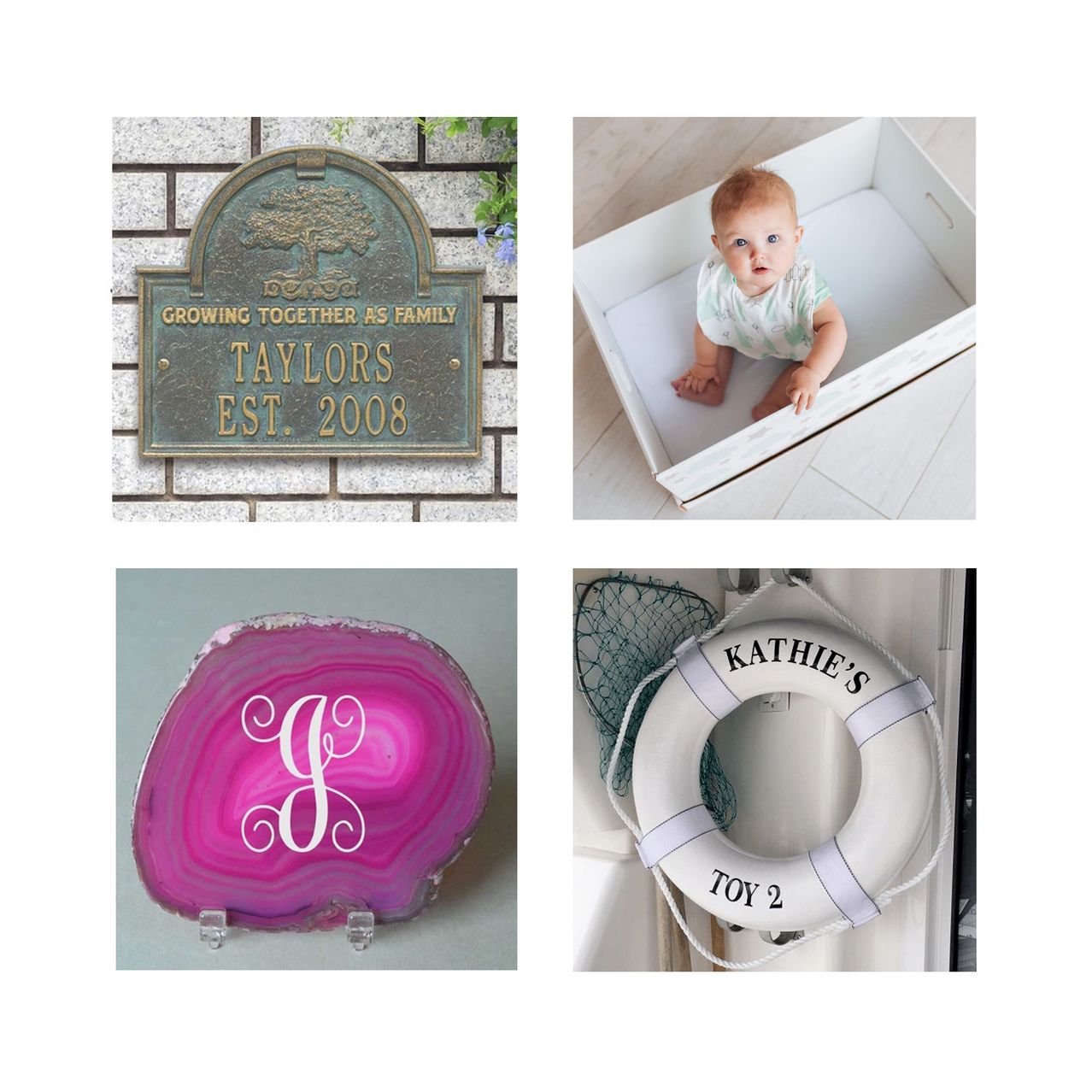Sellers often come across a buyer named John Smith, who adds goods to the cart and then leaves the store without shopping; "The situation started to spiral out of control"

What John Smith added to the cart at Comfort House and FinnBin Inc.
John Smith began shopping last Wednesday and has not stopped for several days.
He went to an online auto parts store, where he put a turn signal lever, an emergency flashlight, and a couple of dozen other goods in the basket. He then jumped over to a home furnishing salesman, where he ordered a dozen more items, including picture frames, address plates, a towel rack, and a letter box. On the website where baby cradle boxes are sold, popular in some countries (for example, Finland), he ordered each type of set of clothes for babies, from $ 80 to $ 500.
When this shopping spree, which lasted almost 48 hours, was over, John Smith did the same as always - left without buying anything.
For over a year, online retailers selling a variety of goods, from kayaks to housekeepers, have been at a loss for a mysterious, generic name shopper who abandoned thousands of shopping baskets. And there was only one item in each basket.
And it’s not a minor misunderstanding. John Smith's activities distort the analytics that online sellers use to customize ads and make various business decisions. The buyer also uses a bunch of fictitious email addresses, and the sellers' Internet service providers warn them against sending reminder emails to non-existent customers. Some worry that these purchases are the work of competitors or hackers.
Sean Berkuson looks up at the mention of John Smith. President of FinnBin Inc. I first spotted this customer on the website of my store selling Scandinavian-style cradles over a year ago.
At first, he thought it was a corporate client preparing to place a large order for new parents - the specified address was in the center of Silicon Valley. But when more orders started coming in from John Smith, he wondered if it was a competitor collecting prices and other information from his website.
“And then things started to get out of hand,” said Berkuson. “The number of baskets thrown was getting insane.” In May, he said, John Smith began shopping and threw 73 baskets.

For the three days of April in the name of John Smith at FinnBin Inc. there were already 17 abandoned baskets.
Berkuson was among the original team of people who founded Groupon Inc. He is engaged in analytics to make business decisions in various fields, from advertising to website design. And John Smith ruined everything. When shoppers drop out baskets, sites usually send them automated emails encouraging them to complete their purchases. Dozens of emails sent by John Smith distort data, as does fake traffic.
“I need to know what works and what doesn't,” he said.
He turned to forums where other online store owners are seated to find out if his site was John Smith’s sole purpose. And he quickly discovered that he was not - however, no one knew what was happening.
Jeffrey Gornstein recalls John Smith daily. His home improvement website, ComfortHouse.com, received a warning from a provider for sending emails to nonexistent addresses. These are the consequences of sending emails following unfinished purchases that came back due to undeliverableness. Each time, looking at the latest sales, he looks to see if his detractor has returned. After that, he goes into the mailing control panel and deactivates all the fictitious accounts of John Smith.
“This needs to be done very quickly,” he said.
Gornstein said he had no idea what John Smith looked like, but could describe it based on his purchases. He has a boat, or is familiar with the boat - this follows from the purchase of special frames for photographs. Ordering leather-covered, monogrammed checkbooks may indicate that he prefers the old-fashioned way of paying bills. A tailbone pillow may indicate that he survived the fall.
He is also a romantic, because he was trying to buy a tablet for St. Patrick's Day. Valentine.
One thing is clear: it is difficult to describe.

Jeffrey Gornstein, owner of ComfortHouse.com
In the process of revealing the identity of a mysterious buyer, hints were found pointing to Google. John Smith always uses an address in the domain gmail.com -john.smith.us2@gmail.com, john.smith.us30@gmail.com, and so on. He enters the address of Google's headquarters in Mountain View, California as his mailing address, and the company's main switchboard phone as his telephone.
Naturally, a cunning competitor or hacker could also leave these contacts in order to cover his tracks. But in the absence of other evidence, the sellers turned to Google.
One gave up after trying fruitlessly to find someone who could provide meaningful answers to his questions - instead, he was advertised for the possibility of advertising on Google. Another said he was told that Google does periodically check prices on a spot, but does not do so as often as the seller described.
"They don't lead anywhere," said Timothy Samuels, site administrator for the Levine Automotive parts store, about his Google searches.
He did not block the IPs from which John Smith comes in, since there are many of them, and he does not want to risk the search rank of the site.
When The Wall Street Journal contacted Google in June, a spokesman for the latter, after several days of clarifying the circumstances, said that the mysterious buyer was indeed a bot created by Google.

Sean and Jamie Berkuson, founders of FinnBin Inc., with their two daughters
The purpose of the bot is to ensure that the final price of the product, including all taxes and shipping, matches the price shown on the Google Shopping platform and advertisements. The company did not intend to disturb sellers by leaving thousands of baskets behind.
“We use automated systems to ensure that our consumers receive accurate pricing information from our sellers,” a company spokesman said. "Sometimes this results in sellers finding abandoned carts - our system checks to see if the price on the product page matches the purchase price."
A Google spokeswoman said the company was thinking about how these automated systems could work together with seller’s sites so that such misunderstandings could be avoided in the future. He also said that the company will work together with sellers to solve other problems related to purchases.
In the world of online shopping, bots are common. Often requests from Amazon.com Inc. may come in to check prices or index sites. or the Bing search engine from Microsoft Corp. Michael Carr, co-founder of Top Notch Gift Shops, has been managing online stores for two decades, and calls John Smith a "very strange bot." He is trying to buy items that have not been sold for many years, and went to pages not represented in the catalog.
In the end, after spending his energy on finding the source of these events, and concluding that the bot has no malicious motives, he learned to live with John Smith. When he was told by The Wall Street Journal that Google was doing this, he said, "This confirms our thoughts on this."
“No one is particularly going to speak out about this,” Carr said. "However, it was a mystery for a while."